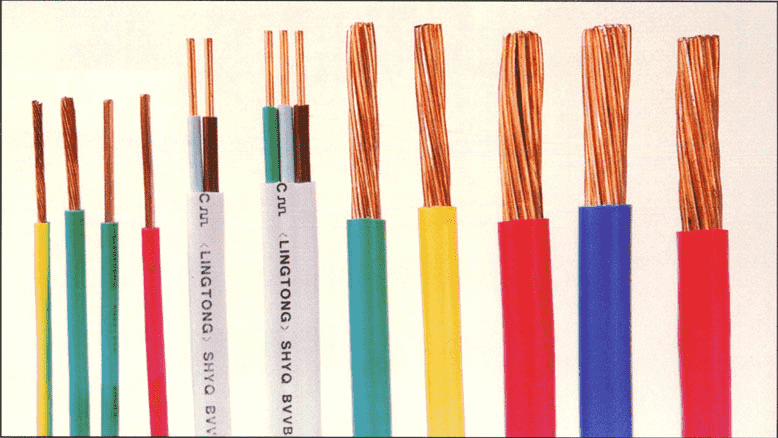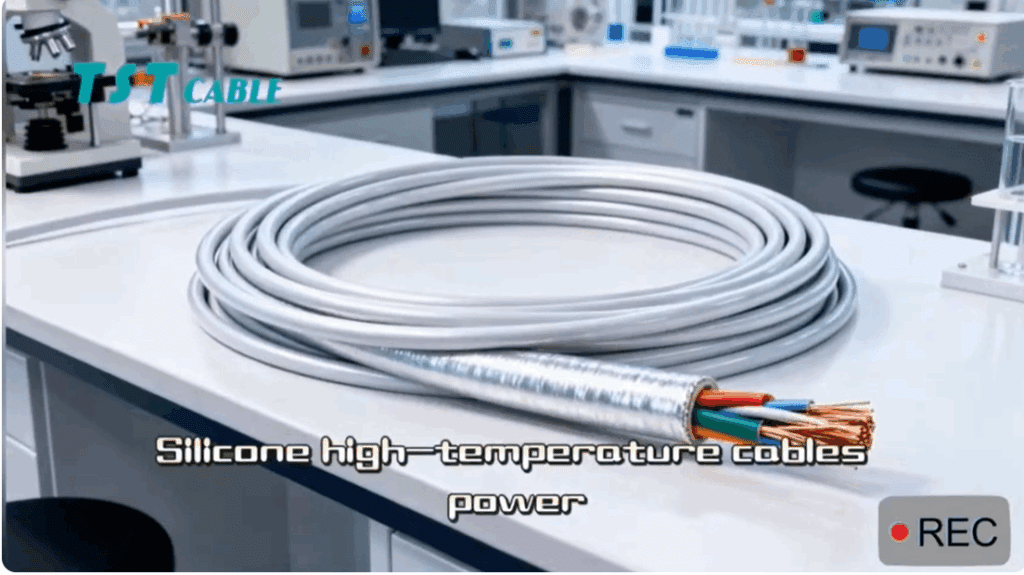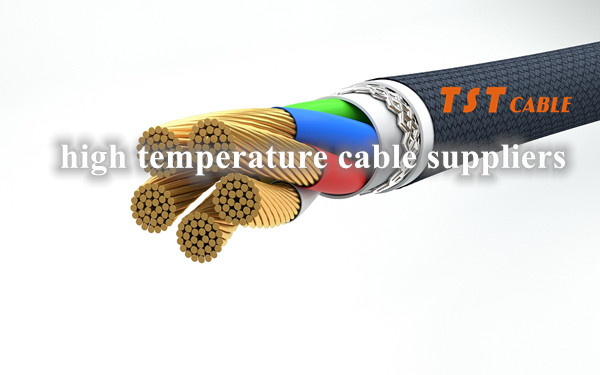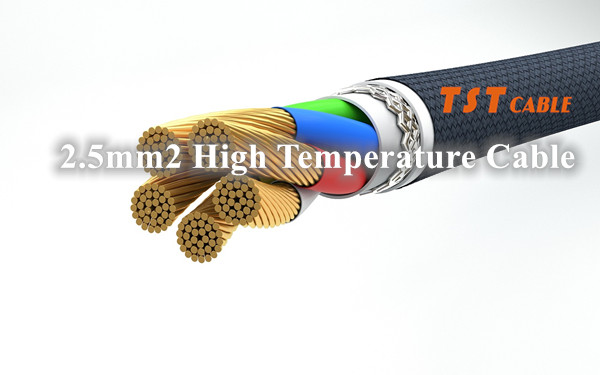High-temperature heating cables are cables specially designed to operate at higher temperatures and are usually used in situations where electrical energy needs to be converted into thermal energy. This type of cable is widely used in industrial heating, building heating, road snow melting, agricultural greenhouse heating and other fields. Here are some key information about high-temperature heating cables:
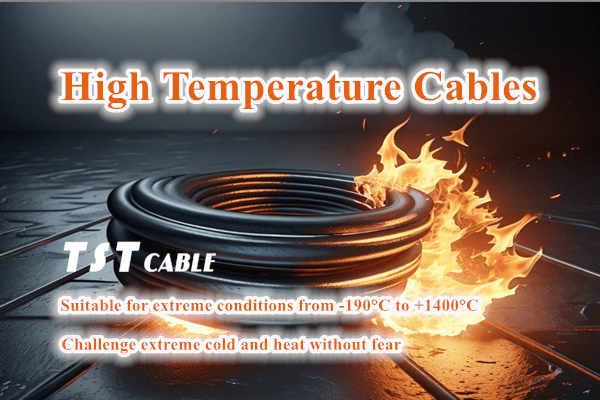
Features and Advantages of High-Temperature Heating Cables
- High-temperature resistance:
High-temperature heating cables are able to operate at operating temperatures much higher than ordinary cables, and the general operating temperature range can range from tens of degrees Celsius to hundreds of degrees Celsius. Some specially designed products can even work stably in environments exceeding 600°C. - Uniform heating:
This type of cable can provide very uniform heat distribution, avoiding the problem of local overheating or cold spots, which is essential to ensure the consistency and safety of the heating effect. - Long life:
Made of high-quality materials such as nickel-chromium alloy as the heating wire and silicone rubber or polytetrafluoroethylene (PTFE) as the insulation layer, these materials have good durability and anti-aging ability, extending the service life of the cable. - Flexibility and ease of installation:
Many high-temperature heating cables are designed to be quite soft, easy to bend and lay according to actual needs, and suitable for heating areas of various complex shapes. - Safe and reliable:
Equipped with overheat protection devices or other safety mechanisms to prevent safety hazards caused by abnormal conditions.
Selection of high-temperature heating cable materials
Conductor materials: Commonly used are nickel-chromium alloys (NiCr), copper-nickel alloys, etc., which not only have excellent conductivity, but also have excellent high-temperature resistance.
Insulation materials: Common insulation materials include silicone rubber, glass fiber reinforced mica tape, PTFE, etc., which can maintain good electrical insulation properties under high temperature conditions.
Sheath material: In order to further improve the protection level, sometimes a sheath is added to the insulation layer. Commonly used materials include stainless steel braided mesh, ceramic fiber, etc.
Application areas of high-temperature heating cables
- Industrial heating:
Such as mold heating in plastic processing machinery, temperature control of chemical reactors, drying equipment in the food processing industry, etc. - Building heating:
Floor radiant heating system is one of its typical applications, which realizes indoor constant temperature heating through heating cables laid under the ground. - Road snow melting:
In cold areas, it can be used in airport runways, bridges, parking lots, etc. to prevent snow accumulation and ice from affecting traffic. - Agricultural greenhouse heating:
Create suitable environmental conditions for crop growth, especially in winter or cold climate conditions. - Pipeline insulation:
For fluid transportation pipelines such as oil and natural gas, heating cables can be used to maintain the medium temperature in the pipeline to prevent freezing or solidification.
Precautions for high-temperature heating cables
Choice of power density: The appropriate power density should be determined according to the specific application scenario to avoid safety hazards or energy waste caused by excessive heating.
Installation specifications: Install strictly in accordance with the instruction manual provided by the manufacturer, paying attention to the minimum bending radius and maximum tensile force limit of the cable.
Regular inspection and maintenance: Although the high-temperature heating cable is designed for long-term reliability, it still needs to be inspected regularly, especially for the exposed parts, to promptly detect and deal with possible aging or damage problems.
High temperature heating cables play an important role in many industries due to their unique performance advantages. The correct selection and use of such cables can not only improve work efficiency, but also significantly improve safety and reduce operating costs.
Also available in:
English


